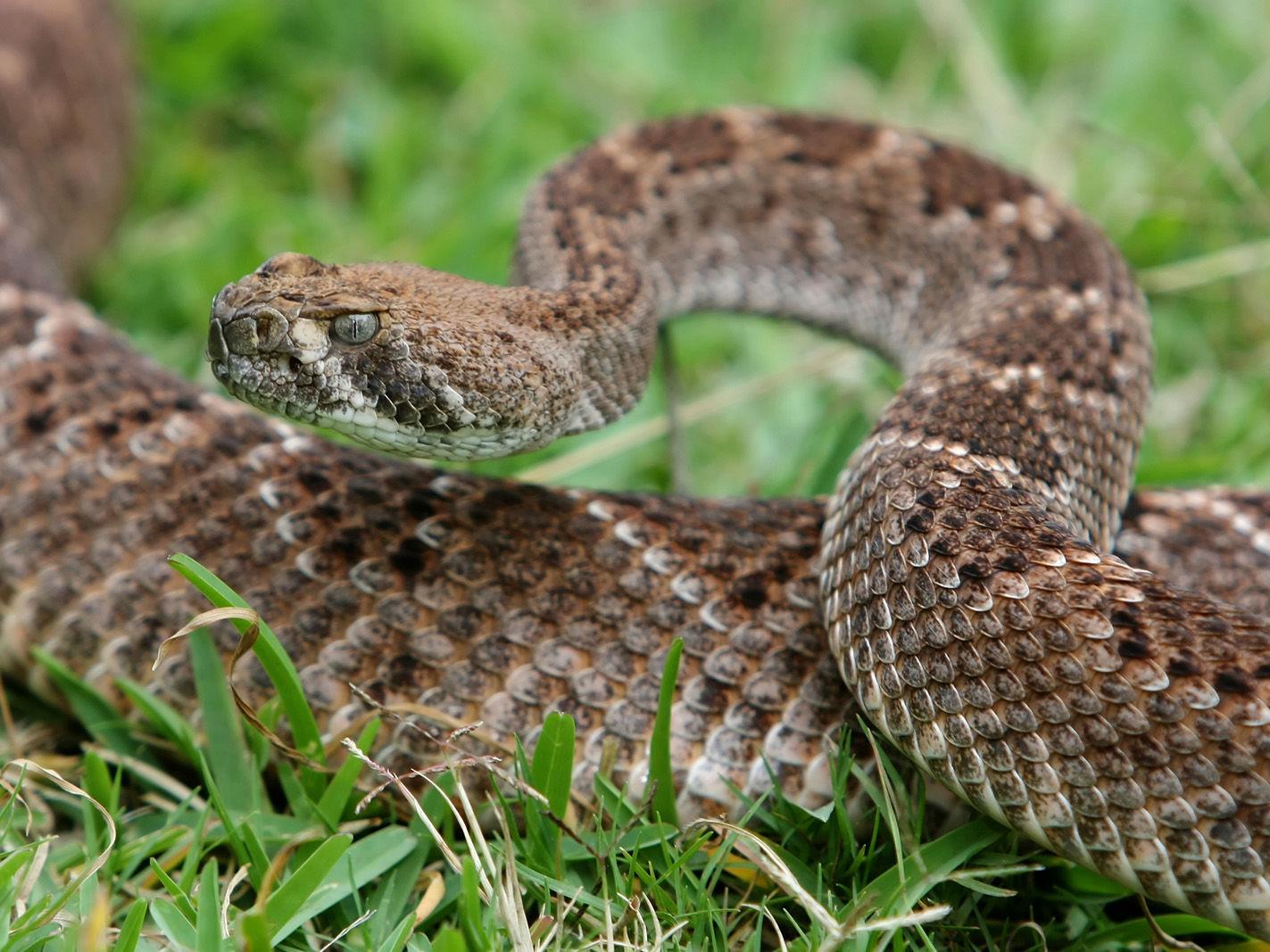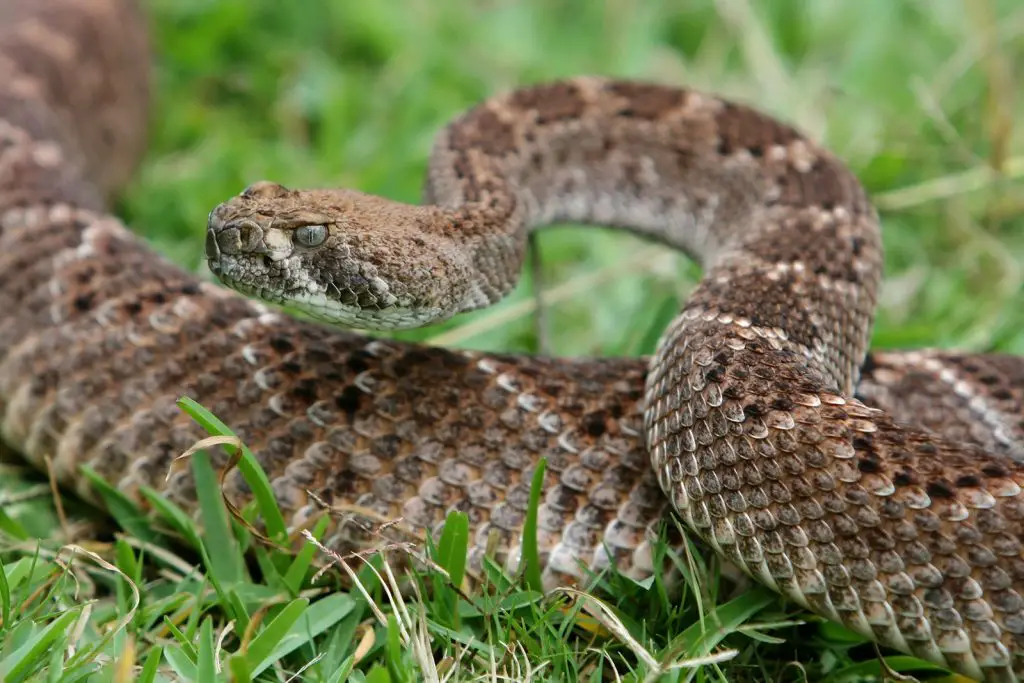Rattlesnakes, known for their iconic sound, are one of the most feared reptiles in the world. These venomous creatures can be found in many parts of the world, but some countries have more sightings than others. Here are seven countries with the most rattlesnake sightings, where these slithery creatures are a common sight.
From the deserts of the United States to the jungles of Brazil, rattlesnakes have adapted to survive in diverse environments. With their venomous bite and distinctive rattle, they are a fascinating yet dangerous species. Let’s explore the countries where rattlesnakes are most prevalent and learn more about these fascinating reptiles.
Rattlesnakes are found in many countries, but some have more sightings than others. According to data, the top 7 countries with the most rattlesnake sightings are: United States, Mexico, Brazil, Argentina, Peru, Bolivia, and Costa Rica.

7 Countries With the Most Rattlesnake Sightings
Rattlesnakes are venomous snakes found across North America, Central America, and South America. They are known for their distinctive rattling sound, which is produced by a series of interlocking segments at the end of their tails. Rattlesnakes are dangerous creatures and their bites can be fatal. Here are the 7 countries with the most rattlesnake sightings:
1. United States
The United States is home to more species of rattlesnakes than any other country. They are found in almost every state, with the highest concentration in the southwestern regions. The most common species are the western diamondback rattlesnake, the timber rattlesnake, and the prairie rattlesnake. Rattlesnakes are active during the day and night, and are often found in rocky areas, deserts, and grasslands.
In the United States, rattlesnake bites are responsible for about 7,000 to 8,000 emergency room visits each year. However, most bites are not fatal if treated promptly. To avoid rattlesnake bites, it is important to wear protective clothing and shoes when hiking or camping in areas where rattlesnakes are known to live. It is also important to stay on designated trails and avoid stepping on rocks or logs where rattlesnakes may be hiding.
2. Mexico
Mexico is another country with a high number of rattlesnake sightings. The most common species are the Mexican west coast rattlesnake, the Mexican lance-headed rattlesnake, and the black-tailed rattlesnake. Rattlesnakes are found throughout the country, but are most commonly seen in the northern regions.
In Mexico, rattlesnake venom is used to produce antivenom, which is used to treat snake bites. However, antivenom is not always readily available in rural areas, so it is important to seek medical attention immediately if bitten by a rattlesnake.
3. Brazil
Brazil is home to several species of rattlesnakes, including the South American rattlesnake, the Brazilian rattlesnake, and the neotropical rattlesnake. These snakes are found in the Amazon rainforest and other parts of the country.
Rattlesnakes play an important role in the ecosystem by controlling rodent populations. However, they can also pose a threat to humans and livestock. In Brazil, rattlesnake bites are treated with antivenom made from the venom of the Brazilian rattlesnake.
4. Argentina
Argentina is another country with a high number of rattlesnake sightings. The most common species are the South American rattlesnake, the Argentine rattlesnake, and the Patagonian rattlesnake. Rattlesnakes are found throughout the country, but are most commonly seen in the northern regions.
In Argentina, rattlesnake bites are treated with antivenom made from the venom of the South American rattlesnake. It is important to seek medical attention immediately if bitten by a rattlesnake, as the venom can cause tissue damage and lead to organ failure.
5. Colombia
Colombia is home to several species of rattlesnakes, including the Colombian rattlesnake, the Andean rattlesnake, and the bushmaster. These snakes are found in the Amazon rainforest and other parts of the country.
Rattlesnakes are an important part of the ecosystem in Colombia, but can also pose a threat to humans and livestock. Rattlesnake bites are treated with antivenom made from the venom of the bushmaster.
6. Venezuela
Venezuela is another country with a high number of rattlesnake sightings. The most common species are the Venezuelan rattlesnake, the South American rattlesnake, and the bushmaster. Rattlesnakes are found throughout the country, but are most commonly seen in the northern regions.
In Venezuela, rattlesnake bites are treated with antivenom made from the venom of the South American rattlesnake. It is important to seek medical attention immediately if bitten by a rattlesnake, as the venom can cause tissue damage and lead to organ failure.
7. Costa Rica
Costa Rica is home to several species of rattlesnakes, including the Central American rattlesnake, the black-tailed rattlesnake, and the neotropical rattlesnake. These snakes are found in the tropical forests and grasslands of the country.
Rattlesnakes are an important part of the ecosystem in Costa Rica, but can also pose a threat to humans and pets. Rattlesnake bites are treated with antivenom made from the venom of the Central American rattlesnake.
Conclusion
Rattlesnakes are fascinating creatures, but they can also be dangerous. If you live in or plan to visit one of the countries listed above, it is important to be aware of the potential for rattlesnake sightings and take appropriate precautions to avoid snake bites. Remember to wear protective clothing and shoes, stay on designated trails, and seek medical attention immediately if bitten by a rattlesnake.
Frequently Asked Questions
What are the 7 countries with the most rattlesnake sightings?
Rattlesnakes are prevalent in many parts of the world, but there are a few countries where they are especially common. According to recent studies, the seven countries with the most rattlesnake sightings are the United States, Mexico, Brazil, Argentina, Colombia, Costa Rica, and Venezuela. These countries are home to a variety of different species of rattlesnake, each with its own unique characteristics and behaviors.
In the United States, rattlesnakes are found in many different regions including the Southwest, Midwest, and Southeast. Mexico, Brazil, and Argentina are also home to a wide variety of different rattlesnake species, many of which are found in the country’s tropical regions. Colombia, Costa Rica, and Venezuela are known for their large populations of venomous snakes, including several different types of rattlesnakes.
What should I do if I encounter a rattlesnake?
Encountering a rattlesnake can be a frightening experience, but it’s important to remain calm and take the proper precautions. If you come across a rattlesnake, the first thing you should do is back away slowly and give the snake plenty of space. Do not attempt to touch or handle the snake in any way, as this can be extremely dangerous.
If you are bitten by a rattlesnake, seek medical attention immediately. Symptoms of a rattlesnake bite can include pain, swelling, and discoloration around the bite site, as well as nausea, vomiting, and difficulty breathing. Treatment typically involves the administration of antivenom, as well as supportive care to manage symptoms and prevent complications.
What are some common rattlesnake habitats?
Rattlesnakes are found in a wide variety of habitats, including deserts, grasslands, forests, and wetlands. In the United States, rattlesnakes are commonly found in the Southwest, where they inhabit rocky hillsides, canyons, and arroyos. They are also found in the Midwest, where they live in prairies and grasslands.
In South America, rattlesnakes are often found in tropical rainforests and other humid environments. They can also be found in semi-arid regions and grasslands. In general, rattlesnakes prefer areas with plenty of cover and places to hide, such as rock piles, fallen logs, and thick vegetation.
What are some common rattlesnake behaviors?
Rattlesnakes are generally solitary creatures, but they do exhibit some social behaviors. During the breeding season, male rattlesnakes will often compete for the attention of females, engaging in elaborate courtship displays and combat rituals.
Rattlesnakes are also known for their defensive behaviors, which include shaking their rattles, hissing, and striking when threatened. They are most active during the day, but may also be active at night during the warmer months. In colder weather, rattlesnakes will often hibernate in dens or underground burrows.
What are some ways to prevent rattlesnake encounters?
While it’s impossible to completely avoid encountering a rattlesnake, there are some steps you can take to reduce your risk. When hiking or spending time outdoors in areas known to have rattlesnakes, wear long pants and sturdy boots to protect your legs and feet. Stay on established trails and avoid walking through tall grass or brush, where snakes may be hiding.
Be aware of your surroundings and keep an eye out for signs of rattlesnakes, such as their distinctive rattling sound or the presence of shed skins. If you are camping or picnicking in an area known to have rattlesnakes, keep food and trash in sealed containers to avoid attracting rodents, which can in turn attract snakes. Finally, be sure to educate yourself on the types of snakes that are found in your area, so you know what to look out for and how to react if you encounter one.
In conclusion, it is interesting to note that the United States is home to the most rattlesnake sightings out of any country in the world. However, other countries such as Mexico, Brazil, and Australia also have their fair share of encounters with this venomous reptile. It is important to always be aware of your surroundings and take necessary precautions when in areas where rattlesnakes may be present. Whether you are a hiker, camper, or simply enjoying the great outdoors, it is essential to respect the wildlife and take necessary steps to avoid dangerous encounters. So, if you plan on visiting any of these countries, be sure to keep an eye out for these fascinating yet potentially dangerous creatures. Stay safe and happy exploring!


